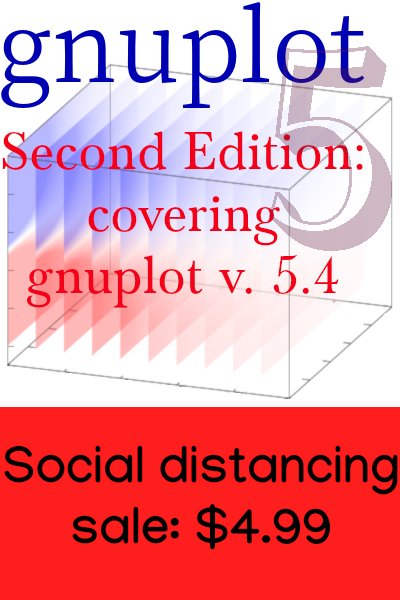The Nuclear Threat from Pakistan
An analysis from the NTI identifies a twofold nuclear risk arising from Pakistani policies. The first is an unintended consequence of U.S. contingency planning, officially secret but widely known: the Defense Department has a plan to attempt to capture and secure Pakistan’s nuclear assets in case the government collapses or the country falls under the control of a terrorist organization. Pakistan’s response to what they perceive as a U.S. threat to their nuclear arsenal is to disperse it in an attempt to make it more difficult for American forces to capture it all. This makes it less secure and creates a situation where it is more likely that a terrorist organization may succeed in capturing a nuclear device or material.
The second threat arises from Pakistan’s recent energetic testing and development of tactical nuclear weapons. These are relatively low-yield devices designed to be used against enemy formations on the battlefield, as opposed to strategic nuclear weapons, which are designed to maintain a balance of terror by targeting population centers. The dangerous scenario here is that these devices may be used against a real or perceived incursion of Indian forces into Pakistani territory, which may lead to a larger-scale nuclear exchange. The same argument applies here that has traditionally been used against the development of tactical nuclear weapons by the U.S.: their availability lowers the nuclear threshold, and once that line has been crossed it is far more likely that strategic weapons will be unleashed.



